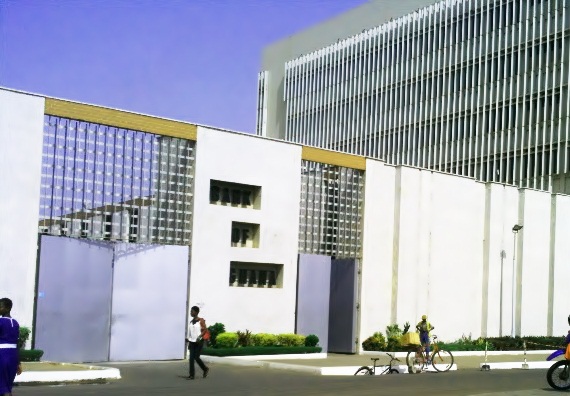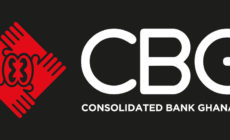“The latest cut came on the back of cooling inflation and tepid private consumption, and reflects a dovish shift in monetary policy by the BoG,” BMI a subsidiary of the Ratings Agency said.
Some economists had maintained that the BoG could have dropped its policy rate further than it did since the economic conditions were favourable enough to warrant the move.
Investment Banker and Lecturer in Public Accounting at the Ghana Institute of Management and Public Administration (GIMPA), Dr Raziel Obeng-Okon pointed out that the primary objective of the BoG should not be aimed at price stability alone but also creating an enabling environment for sustainable economic growth.
“This is why interest rates, exchange rates and productivity growth are also of concern to the Bank of Ghana; realistic monetary policy rate should be targeting a balance among these macro-economic variables,” he explained.
The BMI report noted that since the appointment of Dr Ernest Addison as Governor in late March, the Central Bank had stressed that growth remained “below potential”.
The regulator also highlighted its belief that the upside risks to inflation were less than the downside risks to growth.
Inflation, though above the Central Bank’s target of 8.0±2.0 percent, remains on a downward trajectory and the regulator has indicated that this overall trend is more important than the current figure.
Moreover, while headline growth looks poised to rebound with rising oil production in the coming quarters, private consumption is likely to remain tepid.
Annual credit growth, though strong by regional standards – coming in at 19.4 percent growth in February 2017 – is still well below the 33.4 percent year-on-year average interest recorded from 2006 to 2015. “In these circumstances, we expect that the bank will accelerate its easing cycle to help stimulate the economy, taking a dovish line into 2018.”
Concluding on developments in the Ghanaian economy, the Central Bank noted that the pace of economic activity has picked up, driven mainly by growth in private sector credit, improved business sentiments and easing credit stance.
Furthermore, increased oil production from both Jubilee and TEN fields and the coming on stream of further activity in the oil and gas sector from the Sankofa Gyenyame Ntomme (SGN) fields by the third quarter should give added impetus to overall growth prospects.
In summary, it said there was evidence to suggest that the economic imbalances that existed at the end of 2016 were giving way to stronger fundamentals with economic activity expected to pick up strongly in the period ahead, albeit below potential.
Investment firm, InvestCorp had earlier predicted that already projected a 17.5 percent policy rate by December 2016, citing stable macroeconomic fundamentals as main reason.
BoG to continue policy rate cut – Fitch report
- Posted on
- Comment
 THE Bank of Ghana (BoG) will continue its easing cycle, Ratings Agency, Fitch has stated in a report, adding the regulator will review downwards its policy rate forecast for the end of 2017.
THE Bank of Ghana (BoG) will continue its easing cycle, Ratings Agency, Fitch has stated in a report, adding the regulator will review downwards its policy rate forecast for the end of 2017.
By Augustine Amoah










 (Selorm) |
(Selorm) |  (Nana Kwesi)
(Nana Kwesi)